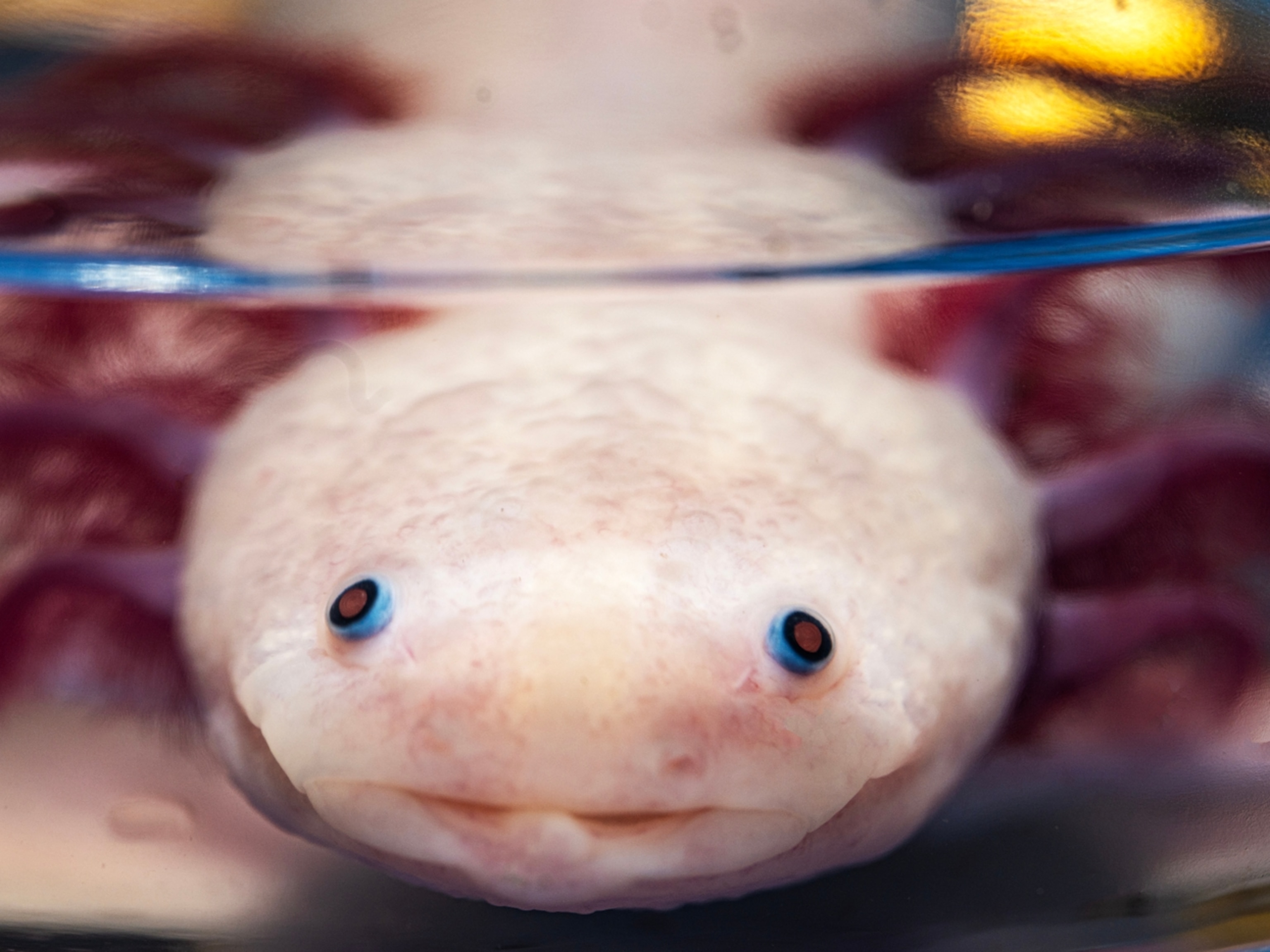
New Stem Cell Treatment, Successful in Mice, May Someday Cure Type 1 Diabetes
A professor's quest to cure his children's type 1 diabetes has led to a new way to make the insulin-producing cells.
When his infant son Sam was diagnosed with type 1 diabetes two decades ago, Doug Melton made himself a promise: He would cure it. When his daughter Emma was diagnosed with the same autoimmune disease at 14, he redoubled his efforts.
Finally he can see the finish line. In a paper published Thursday in the journal Cell, Melton announces that he has created a virtually unlimited supply of the cells that are missing in people with type 1 diabetes.
By replacing these cells—and then protecting them from attack by the body's immune system—Melton, now a professor and stem cell researcher at Harvard, says someday he'll have his cure.
"I think we've shown the problem can be solved," he said.
In type 1 diabetes, which usually starts in childhood and affects as many as three million Americans, the person's immune system attacks and destroys beta cells in the pancreas. Melton used stem cells—which can turn into a wide variety of other cell types—to manufacture a new supply of these beta cells, which provide exquisitely fine-tuned responses to sugar levels in the blood.
When you eat, beta cells increase levels of insulin in your blood to process the extra sugar; when you're running on empty, the cells dial down insulin levels.
Since the 1920s, people with type 1 diabetes have been kept alive with insulin injections, though many still face nerve damage, slow wound healing, and even blindness because even the best pumps and monitors are not as effective as the body's beta cells.
The only known cure for type 1 diabetes is a beta cell transplant, which takes the cells from someone who has recently died. But the procedure is complicated, and the patient must remain on drugs forever to prevent the immune system from destroying the cells.
Fewer than 1,000 beta cell transplants have ever been done, said Albert Hwa, senior scientific program manager for beta cell therapies at the diabetes research organization JDRF, which has helped fund Melton's work for more than a decade.
Hope From Stem Cells
Melton, with the help of about 50 graduate students over the past 15 years, has now managed to create replacement beta cells that—at least in rodents—seem to be nearly as good as the real thing. Human testing will probably begin in two to three years, he said.
It's not yet clear whether one dose of 150 million or so beta cells would be enough to last a lifetime, or if additional doses would be needed.
"Until you're in the clinic, you don't know what you have," said Richard Insel, chief scientific officer of JDRF.
The researchers started with cells taken from a days-old human embryo. At that point, the cells are capable of turning into any cell in the body. Others have tried to make beta cells from these human embryonic stem cells, but never fully succeeded. Melton's team spent a decade testing hundreds of combinations before finally coaxing the stem cells into becoming beta cells.
"If you were going to make a fancy kind of raspberry chocolate cake with vanilla frosting, you'd pretty much know all the components you have to add, but it's the way you add them and the order and the timing, how long you cook it" that makes the difference, Melton, also a Howard Hughes Medical Institute investigator, said at a Tuesday news conference. "The solution took a long time."
The technique also works using stem cells that don't require destroying an embryo, avoiding what has been a highly controversial step. The other cells are called induced pluripotent stem cells; they are adult cells that are turned back into stem cells. Then the stem cells can be developed into beta cells.
Both types of artificial beta cells could also be used to treat the roughly 10 to 15 percent of people with type 2 diabetes who are dependent on insulin shots, or to help those with type 2 avoid the need for insulin, Melton said. Because type 2 diabetes is not an autoimmune disorder—it's usually connected to obesity—the body will not destroy replacement cells.
Combined, more than 300 million people worldwide have type 1 or type 2 diabetes, according to the World Health Organization.
Breaking Through Barriers
"It's a very exciting development," said Patricia Olson, executive director of scientific activities at the California Institute for Regenerative Medicine. "Cell therapies offer huge potential to deal with some truly unmet needs in medicine."
The work also helps confirm the promise of stem cell research, which was heralded in its early days as a source of cures for diabetes, paralysis, heart disease, and Alzheimer's. That research hit a roadblock in 2001 when embryonic stem cells were the only option and the Bush administration imposed limits on using them in government-funded research.
Making new cells provides "half the solution to the problem" of type 1 diabetes, Melton said. The other half is protecting those cells from rejection by the immune system once they're implanted. Melton is working with MIT applied biology professor Daniel Anderson to design an implantable device that would work like an inkjet printer, coating the cells in an algae-like substance so immune cells can't stick to them.
At least two companies are trying a different strategy: encapsulating the cells the way a tea bag surrounds tea leaves. ViaCyte, in San Diego, has received federal approval to begin testing in patients later this year.
Melton said it will take at least another year of work to be able to produce cells the government would consider for testing in people. He predicts it will take an additional two years of testing before his approach could begin helping large numbers of patients.
The work might reach people with type 2 diabetes sooner, he said. Though patients would prefer a cure tomorrow, Insel praised Melton's work as a significant accomplishment.
"One needs to step back and understand the progress that's been made," Insel said.







